Update: Nunavut-Quebec Bigfoot/Giant Sightings/New Radio Interview Time
Posted by: Loren Coleman on October 4th, 2012
Has there been new True Giant or Bigfoot sightings only a few days ago?
On October 5th, you can listen to an interview about the recent sightings in the far North. While the CBC North radio newscasts don’t get posted online, if you can tune in on October 9th, Tuesday morning around 7am Eastern here, you will hear an interview on this breaking story.
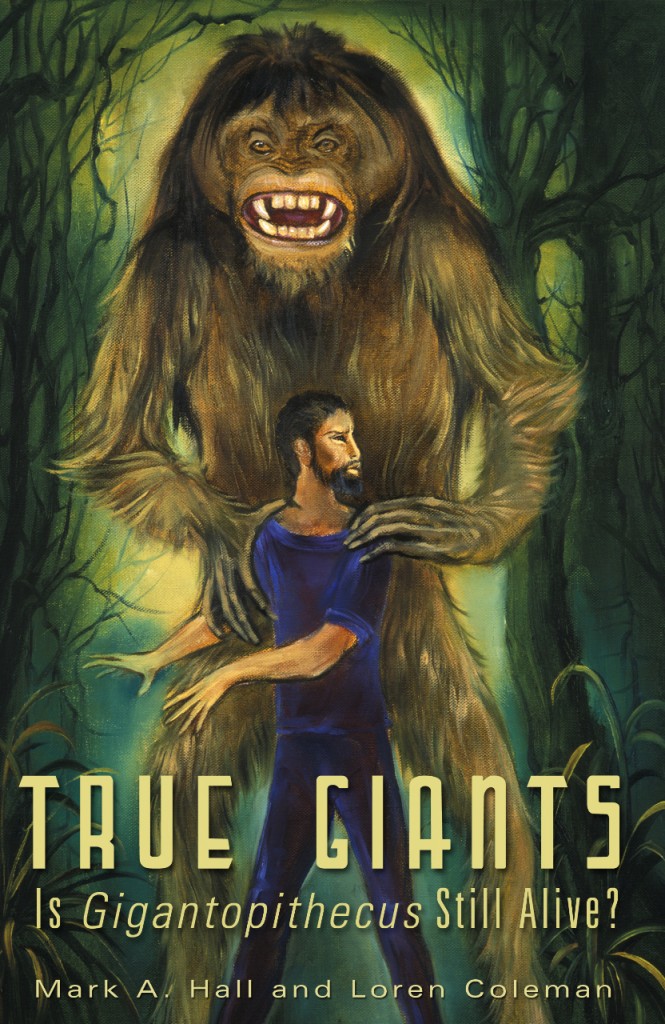
As it happens, I was interviewed on October 3rd, about a new series of Far North sightings. I see the reporter has put news of this on Twitter, so I’ll mention here some of what I know. More details will be released [see updates above and below for those].
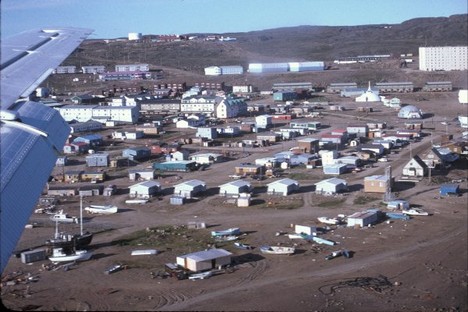
Jane Sponagle is a reporter with CBC North in Iqaluit. Where is Iqaluit (shown here)? That was one of my first questions to her. I quickly educated myself to a remote area I knew little about. Iqaluit is the territorial capital and the largest community of the Canadian territory of Nunavut. Until 1987, it was called Frobisher Bay, a name that is still occasionally used. Iqaluit is located on the south coast of Baffin Island at the head of Frobisher Bay. As of the 2011 census the population was 6,699.
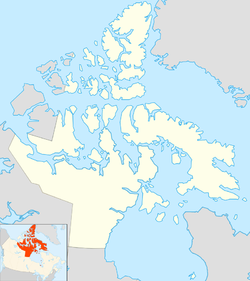
Okay, where is Nunavut on a map? Nunavut is the largest, northernmost, and newest territory of Canada; it was separated officially from the Northwest Territories on April 1, 1999. Oh, that helps. I knew about the NWT, but I wasn’t aware of this breakup and creation of a new territory via the Nunavut Act and the Nunavut Land Claims Agreement Act, even though the actual boundaries had been established in 1993. The creation of Nunavut resulted in the first major change to Canada’s political map since the incorporation of the new province of Newfoundland in 1949.

The region now known as Nunavut has supported a continuous indigenous population for approximately 4,000 years. Most historians identify the coast of Baffin Island with the Helluland described in Norse sagas, so it is possible that the inhabitants of the region had occasional contact with Norse sailors.
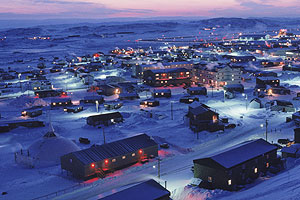
What Jane Sponagle had to share was remarkable, and intriguing. (See below.) After she told me of the sightings in Quebec, I informed her of past Quebec encounters, and those from nearby areas of Canada. I talked of the history of the use of the words Sasquatch, Bigfoot, and Windigo. And about Bushman too, but I wondered what the locals were really seeing?

As she posted on Twitter overnight, “2 berry pickers *** say they saw a hairy 10-15′ tall beast. I spoke to Dir.of Intl Cryptozoology Museum. Full story in AM #cbcnorth”
UPDATE: Jane Sponagle has emailed me to clarify that the berry pickers were not in Nunavut, proper, but very nearby, in Akulivik, Quebec. Also, in an interview that ran today in Inuktitut, one woman says the creature was 10 feet tall max. As mentioned below, other sighting have been occurring in Nunavut.
Nunavut means “our land” in Inuktitut. Apparently, two berry pickers were out in a rural area in Quebec, across Iqaluit, when they saw a large black hairy creature walking on two legs up a hill. They were very frightened, was sure it was not a musk oxen or a black bear, watched it leaving the area, jumped on their ATVs and left the area in a hurry. Apparently this sighting took place on September 29, 2012.
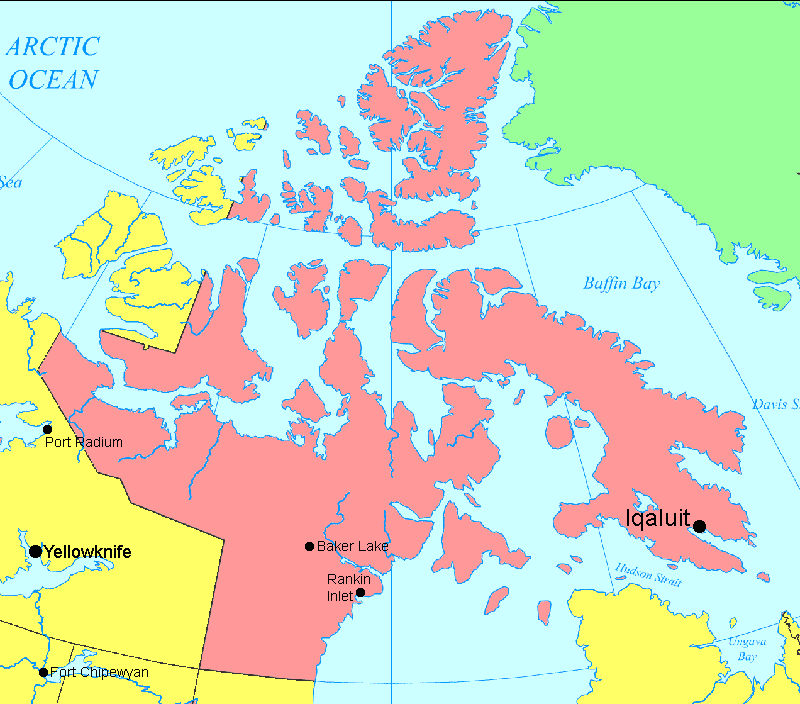
Spongale said that this area is above the tree line. One of things that got her wondering about this Quebec sighting is that in recent weeks, people around Iqaluit have been saying they are seeing strange hairy creatures. Wikipedia mentions a sense of the area:
Iqaluit is located in the Everett Mountains rising from Koojesse (Kuujussi) Inlet, an inlet of Frobisher Bay, on the southeast part of Baffin Island. It is well to the east of Nunavut’s mainland, and northeast of Hudson Bay….Iqaluit has a typically Arctic climate, although it is well outside the Arctic Circle, the city has cold winters and short summers that are too cool to permit the growth of trees. Although it is north of the tree line there are stillshrubs that are classed, locally, as trees. These include the Arctic Willow (Salix arctica) which is hard to recognize as a tree because of its low height. The permafrost does not allow the taproot to get deeper than 6 in (150 mm) so this does not allow vertical growth. The Arctic Willow may be up to around 25 ft (7.6 m) horizontally, but only 6 in (150 mm) tall. Average monthly temperatures are below freezing for eight months of the year. Iqaluit’s precipitation averages just over 400 mm (16 in) annually, much wetter than many other localities in the Canadian Arctic Archipelago, with the summer being the wettest season. Source
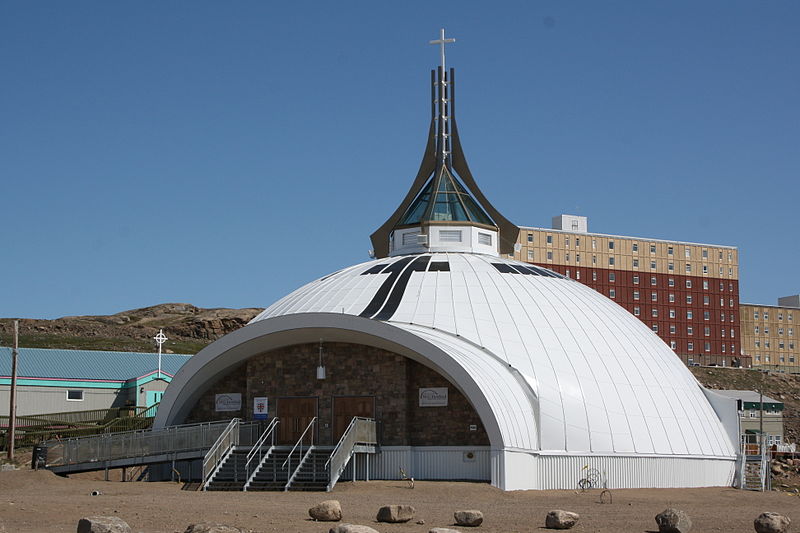
Iqaluit’s uniquely designed St. Jude’s Anglican Cathedral was made to look like an igloo.
The eyewitnesses were able to return to the northern extreme Quebec area in a timely fashion, and photographed tracks of this creature that were left in mud. The tracks measured 44 cm in length. That would be equal to 17.3228 inches. (The photos have not been shared with me yet.)
An eighteen inch long track would put this cryptid hominoid into the upper ranges of Sasquatch sightings.
The eyewitnesses said the “beast” was 10 feet tall.
Is this something more than an Eastern Sasquatch? Something different than a Nunavut Bigfoot? Could this be a tundra True Giant?
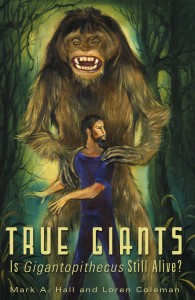
About Loren Coleman
Loren Coleman is one of the world’s leading cryptozoologists, some say “the” leading living cryptozoologist. Certainly, he is acknowledged as the current living American researcher and writer who has most popularized cryptozoology in the late 20th and early 21st centuries.
Starting his fieldwork and investigations in 1960, after traveling and trekking extensively in pursuit of cryptozoological mysteries, Coleman began writing to share his experiences in 1969. An honorary member of Ivan T. Sanderson’s Society for the Investigation of the Unexplained in the 1970s, Coleman has been bestowed with similar honorary memberships of the North Idaho College Cryptozoology Club in 1983, and in subsequent years, that of the British Columbia Scientific Cryptozoology Club, CryptoSafari International, and other international organizations. He was also a Life Member and Benefactor of the International Society of Cryptozoology (now-defunct).
Loren Coleman’s daily blog, as a member of the Cryptomundo Team, served as an ongoing avenue of communication for the ever-growing body of cryptozoo news from 2005 through 2013. He returned as an infrequent contributor beginning Halloween week of 2015.
Coleman is the founder in 2003, and current director of the International Cryptozoology Museum in Portland, Maine.










Interesting. Waitin for further info
Bushman, perhaps?
now this seems on the surface to be more credible…. look at the location and the ppl living there. They’d know if it was a bear or something else.
dconstrukt:
For some reason, scientists have a hard time referring to the experiences of indigenous locals in areas like this.
But yeah, I’d think their ruling out a musk oxen or a black bear (the latter extremely unlikely, as they are forest critters) would say something to a scientist.
Who knows what people are seeing? I’d just like a little more attention paid by scientists to the possibility that they’re seeing something a little more interesting than….than….um, a moose walking upright..???
Friends… what we have here is the WINDIGO!! It’s a perfect fit. “O my burning feet of fire!!!”
If this puzzles you, read THE WINDIGO, by Algernon Blackwood.
Although ‘I Want to Believe’, I find the sighting of the 10 foot tall hairy beast in Nunavik just ‘not right’.
In 1969 I went on a fishing holiday outside Fort Chimo (now Kuujjuaq) in Nunavik, which is appx 350 miles East/SE of Akulivik, where the sighting occurred.
Although the waters were teeming with Arctic Char, and we saw a few whales in the estuary, we saw no other wildlife, save birds and bugs.
The label ‘Above the treeline’ is an understatement. All the vegetation I saw around the many streams we fished was lichen and moss, and heather-like scrub vegetation. No cover, no caves. Barren tundra. Lichen-covered rocks as far as you could see. And that was over forty years ago.
Unless the terrain around Akulivik is very much different than Fort Chimo, I cannot imagine what a 10 foot tall creature might subsist on nor where it would shelter in bad weather.
And if these were migratory creatures, where they coming from or going to?
jimnypivo: I have stated here previously that I see little that would lead us to believe Bigsquatches migrate. In fact, that kind of movement would expose more of them to being seen, which means we’d being seeing even more of them if that was true. I believe, like many animals, they have home ranges, which can be pretty vast, and probably the outer limits of the ranges may vary from time to time, based on and climate variations from year to year. There is an obvious advantage to this: they are much less often wandering into territory they may not be familiar with.
And as I said, the sightings do not seem to describe Bigfoot/Sasquatch, but something altogether different. We shouldn’t assume that every large, hairy, bipedal primate is cut from the same stuff. And it is true that individuals within a species are larger the further they live from the equator, and vice-versa. So the increase in size described here is quite consistent with that.
think about it, many animals migrate.
I’ve read stuff that bigfoots seem to eat berries…. and elk…. well …if the elk travel, then bigfoots must follow for food.
And if berries are only growing in certain places in certain times of the year, guess what? they go there as well.
I bet if you took a map with datapoints of all real sightings, then overlayed this with data from time of year…. and food and animal patterns…. you’d probably see a pattern.
“Animals migrate.” This statement is UNTRUE! Do mice migrate? Giraffes? Chimpanzees? If you had said, “some animals migrate”, I wouldn’t have laughed out loud.
Migration and movement for food are not precisely the same thing.
Guys, I was not wanting to start a migration debate. The point I was making was I was in that area 40 years ago, and it was a rocky, barren, environment with only lichen and moss at the food chain base.
I’m sure human ‘progress’ since then has made it even less pristine than that, but trees would not have sprouted nor would a new food source be created.
Maybe Goodfoot is on to something in this particular case with the Supernatural Windigo explanation.
That seems more likely to me, although the conclusion I’ve reached in my Windigo readings is that the Sasquatch may be a primeval source of that legend.
True, it’s utterly inconceivable that a flesh and blood being of that size could find a place to hide in that treeless permafrost. Yet clearly, people are seeing something, and I am pretty sure those people know a bear when they see one. That leaves us…
…(sorry for the interruption) As I was saying: permafrost, no trees or hiding places that aren’t underwater… not a bear. Hmmm. Not everyone is willing to look the unthinkable in the face, but that’s where I’m left standing. “Supernatural”, which is tricky word indeed, since our understanding of the natural world surely has some gaps in it!
jimnypivo:
Anyone looking over large swaths of polar bear, grizzly bear, and muskox habitat – never mind the country in which enormous herds of caribou live – might tell you no way you’d find something that big there.
And you frequently won’t – unless you know when to be there, as those indigenous do.
What you saw when you were there is what many see – when they aren’t there at the time the game is.
I prefer to assess what people say they saw. This isn’t about wanting to believe. It’s about evidence.
Bears can live there; and if this is what it seems to be, it’s likely smarter than they are.